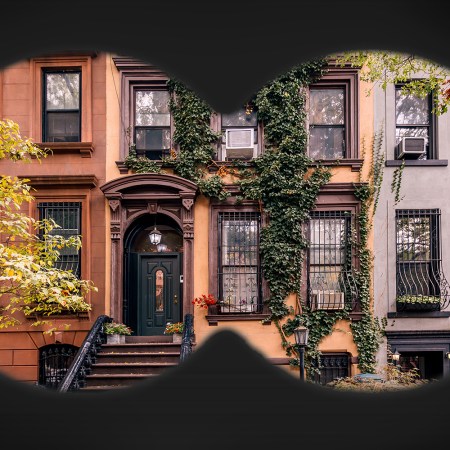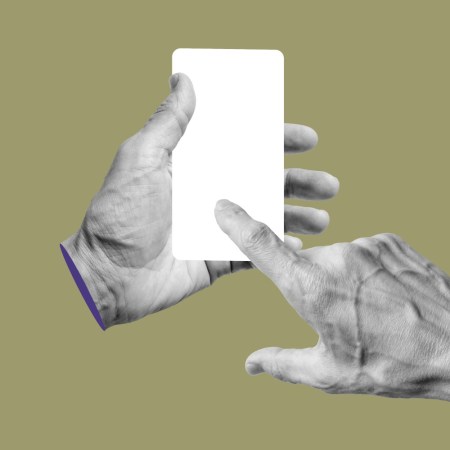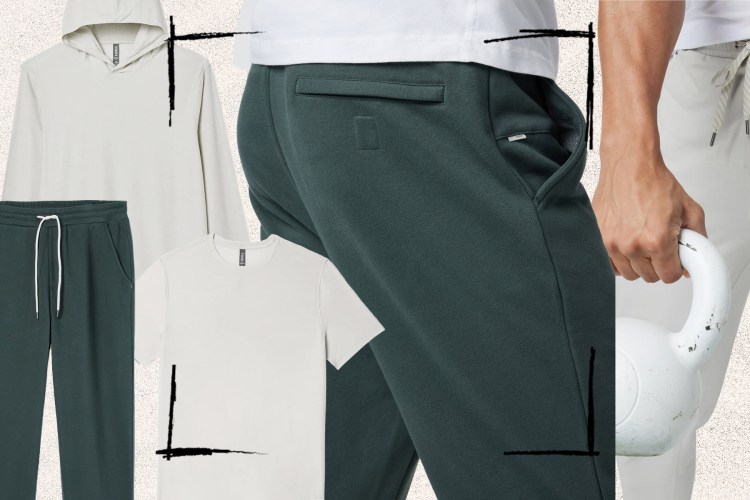We live in an age of spectacular consumption, where Rich Kids of Instagram are a cultural phenomenon and the most famous family in America’s chief talent is pimping beauty products. For every retail action, though, is an opposite if not-quite-equal reaction.
In this case, that reaction is the Tiny House Movement.
Tiny Houses are exactly what you’d think: miniature homes as small as 100 square feet. What can 100 square feet get you? Perhaps more than you’d think — including the prospect of living without the mortgage debt that plagues most American households, along with a bedroom, lounge, kitchen, and bathroom.
Average outstanding mortgage debt, per homeowner, in the U.S.: more than $100,000.
Average cost of a Tiny House: $23,000, if it’s constructed by the owner.
Besides the philosophical benefits of simple living and the cost benefits, a key benefit of a Tiny House is the ample opportunity for design ingenuity.
Water pipes as clothes racks. Lounge chairs built into slide-outs. Foldable chairs, beds, and tables.
One of the benefits of being part of a movement in the digital age is the surfeit of information available to its acolytes: there are websites and blogs dedicated to everything from how to find cheap land to the benefits of building on wheels (to avoid certain building codes) versus building on foundations.
As these pictures prove, no one will ever mistake a Tiny House for a Large Mansion. But what you can’t see — the owner’s bank account — might be equally compelling.
This article was featured in the InsideHook newsletter. Sign up now.






















